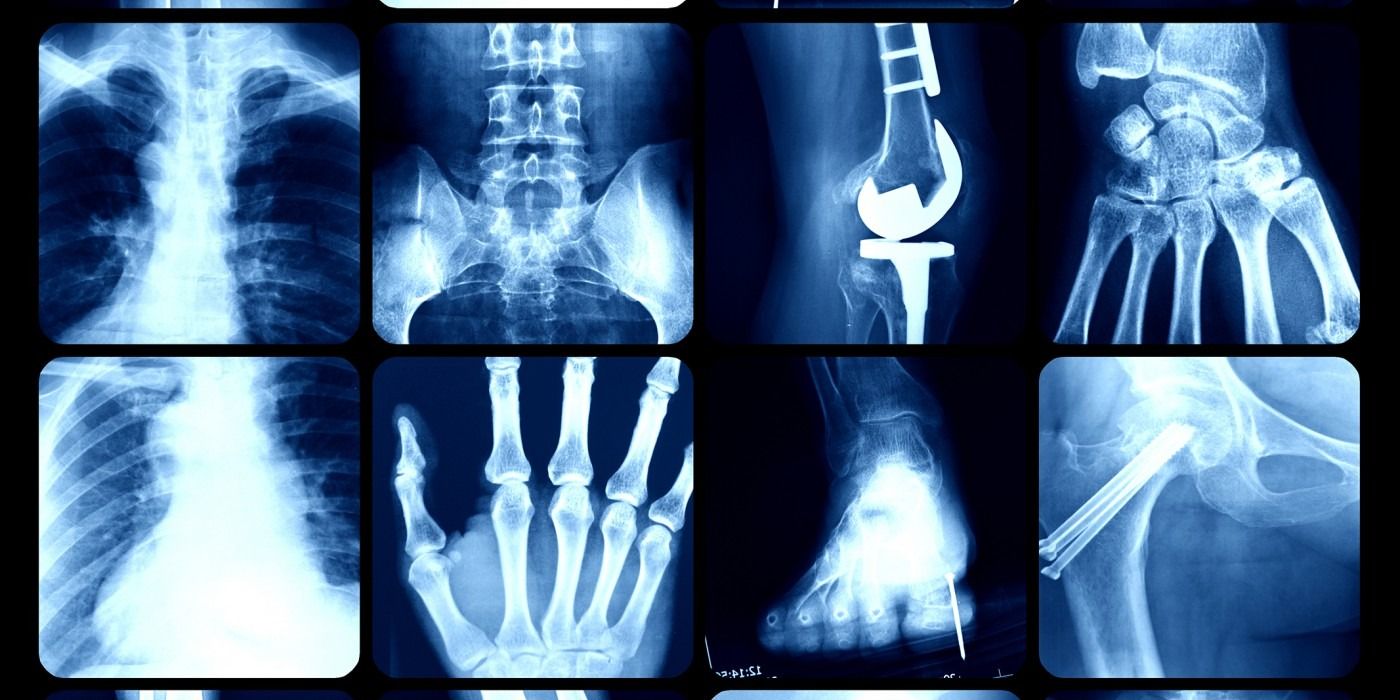
5 Devices: A Glimpse into How Innovation is Changing Orthopaedics
Orthopaedic devices play an indispensable role in offering pain relief, enhancing the quality of life, and improving the mobility of patients suffering from musculoskeletal disorders and anomalies, and the medical equipment and procedures used in orthopaedics continue to transform almost every day considering the changing consumer needs.
Globally, the orthopaedic devices market is poised to record an annual remuneration of $60bn by 2027, and with orthopaedic surgeries and procedures doubling since 2000, rapid evolution in the orthopaedic devices market is set to enhance the overall healthcare and medical care industry.
Technological advancements and integration of digital technologies currently serve as the predominant driver for upscaling the proceeds of the orthopaedic devices market, and now technology improvements and data open a world of new possibilities. Here are some of the cutting-edge devices that reflect the innovation that is occurring in the industry.
BONESUPPORT – Cerament Bone Void Filler
The BONESUPPORT Bone Void filler is an injectable, mouldable, and drillable synthetic bone void filler consisting of 40% hydroxyapatite, 60% calcium sulfate, and the radio-contrast agent iohexol. The characteristics of Cerament Bone Void Filler make it ideal for minimally invasive surgery and open procedures where bone remodeling is required.
This FDA-approved device is designed to enable resorption at the same rate that bone forms to assist in the treatment of fractures or bone voids caused by trauma, infection, disease, or related surgery. These injectable osteoconductive biomaterials optimise bone biology by restoring health to ultimately improve the quality of life for patients with bone disorders.
Most recently, CERAMENT G was accounted as a ‘Breakthrough Device’ by the FDA due to it being the first of its kind, with additional DeNovo pathway approval required due to their being no comparable device within the market at present.
Manamed – PlasmaFlow
Manamed is a US-based start-up that provides orthopaedic devices. Their PlasmaFlow device is a sequential compression system for use at home or in clinic settings. The portable, tubeless, and lightweight solution comes with a long-lasting rechargeable battery, and the device stimulates blood flow in the extremities that prevents the onset of Deep vein thrombosis (DVT) in patients. DVT is a common surgical complication that leads to the formation of blood clots in deep veins following orthopaedic surgery. This condition contributes to long-term pain, swelling, and sores, and may even turn fatal in some cases.
PlasmaFlow is the first FDA-approved portable and tubeless sequential device with multiple pressure functions. Designed for optimal results and patient comfort, one-button operation, soft cuffs made of high-grade medical material, and rechargeable battery with up to 10 hours of life.
Intelligent Implants Ltd – SmartFuse System
Cork-based start-up, Intelligent Implants’ SmartFuse technology is a wirelessly enabled orthopaedic platform that has been designed to remotely stimulate, control, and monitor bone growth. The goal of the SmartFuse system is to accelerate the healing of bones and provide remote monitoring of the patient to support real-time clinical decision-making. Intelligent Implants also aims to capture data to support real-time clinical decision-making and aims to pioneer the use of data, engineering, and medicine to bring novel, active, and connected medical devices to healthcare.
Intelligent Implants received FDA breakthrough device designation earlier this year which highlights the urgent need for more effective treatments for patients suffering from degenerative disc disease, and the first indication for the SmartFuse system will be for use in lumbar spinal fusions.
Treace – the Lapipplasty 3D Bunion Correction System
Treace has pioneered and patented the Lapiplasty® 3D Bunion Correction™ system – a combination of instruments, implants, and surgical methods designed to correct all 3 planes of the bunion deformity and secure the unstable joint, addressing the root cause of the bunion and getting patients back to their feet quickly in a walking boot.
This system is a pioneered surgical treatment of Hallux Valgus (bunions), combining instruments, implants, and surgical methods to drive a paradigm shift for the improvement of inconsistent clinical outcomes of traditional approaches to bunion surgery.
Typically, the root cause of bunions is an unstable joint in the middle of the foot leading to a 3D misalignment of the foot’s anatomical structure, however, most surgical approaches focus on a 2D corrective surgery, thus failing to address this root cause.
Field Orthopaedics – Small Fractures Microscrew Kit
The treatment of small fractures is a complicated process due to the size limitations of surgical instruments. This can make it difficult for surgeons to precisely insert screws that facilitate the healing process. Many start-ups and scaleups are working on new designs that overcome this challenge and improve the success of small fracture surgeries.
Field Orthopaedics is an Australian start-up that designs and manufactures orthopaedic devices. The FO micro screw offers a fully cannulated system of 1.5 mm and 2 mm screws ranging in length from 6 mm to 22 mm. The design maximizes compression and usability for small fracture management. The start-up also develops other kinds of screws and implants for different orthopaedic procedures.
Conclusion
As we continue to move away from a traditional one-size-fits-all model in orthopaedics, it’s important that we continue to acknowledge the varying devices within the industry that are pushing boundaries and pioneering. Innovative care is the future for orthopaedics and I look forward to witnessing the upward trajectory of these technologies, as they continue to enhance the healthcare industry.